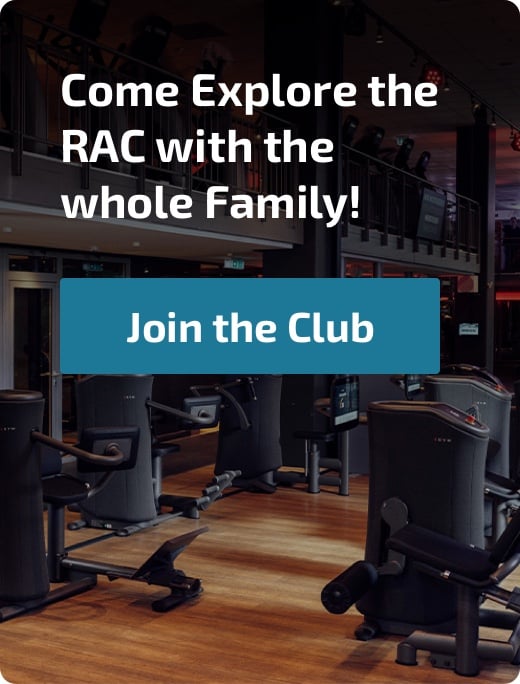Adjust Your Environment to Help Build Healthy Habits
Posted by Hannah Church-Lee on June 30, 2021
Prior to making a change in lifestyle, how do you prepare?
Do you identify why you want to make a change? Do you look at the barriers that might hinder this change? Numerous strategies can be used to encourage successful behavior change. There are individual, social, and societal factors that come into play when making a change in lifestyle. These factors can influence the barriers that arise in implementing a change, and in turn the approach we choose to take in order to reach success.
Another important factor, sometimes neglected in the process of behavior change, is how a person manages their physical environment. The environment can be a source of encouragement or it can be a further hindrance. Altering the environment can lead to more success in achieving change.
For example, let’s consider the case that having to drive by several fast-food places on one’s route home may increase the likelihood for one to purchase food. How can we adjust the environment?
- A more calculated option would be to change the route to avoid the temptation to stop.
- Or a minor shift would be to have nutrient-dense snacks on hand (in the car’s glovebox, in one’s purse, etc.) to curb hunger cravings on the ride home so the fast-food options are less tempting.
This example shows how learning to adjust visual cues and improving convenience can be key ways to alter environmental influences.
Here are some additional examples of real world strategies to adjust your environment to encourage new habits:
Visual cue examples:
- Leave out your gym / walking shoes in a place that you will see them. Seeing the shoes serves as a subtle reminder to stay engaged with activity goals.
- If you have a candy / treat jar on your counter, consider moving it to a place where is it not visible, like in a cabinet.
- If you have empty counter space, utilize it to display fruits (apples, oranges, bananas, pears, kiwis, etc.) and more nutrient-dense snack options (i.e., energy bars, single-servings bags of popcorn).
Plate presentation examples:
- Part of the clean plate club? Use salad plates instead of dinner plates for meals. A salad plate will typically measure 7 - 8 inches in diameter, while a dinner plate will measure 11 - 12 inches in diameter. The smaller plate will automatically reduce portion sizes if you’re prone to filling up your plate and finishing it.
- When looking at the contents of the plate, try to follow the MyPlate format (a tool that has replaced the Food Pyramid). The plate should ideally follow this pattern: ½ of the plate is fruit and / or vegetables, ¼ of the plate is protein, and ¼ of the plate is starches / grains. A serving of dairy (or dairy substitute) is also encouraged. Healthy fats are not included in MyPlate but are encouraged is small amounts ( ~ 2 tablespoons).
- Keep it colorful! One way to ensure a variety of micronutrients is to keep the contents of your plate variable in color. Try to incorporate each color of the rainbow throughout the week. This color focus can also increase the visual appeal of the overall meal.
Convenience examples:
- Take advantage of produce that can be prepped in advance, so it’s a readily available snack option.
- Slice and store in the refrigerator: strawberries, watermelon, and pineapple.
- Rinsed and ready-to-go: raspberries, blueberries; snap peas, snow peas, and carrots.
- Rinse and destem grapes.
- In general, rinse off produce before storing it to shorten preparation time.
- If moving treats out of sight doesn’t lessen the likelihood of snacking on these items, try moving them to a less convenient location such as a basement or a high shelf. It should be an increased effort to choose these items - like having to walk an extra flight of stairs or bringing over a chair / stepladder to reach them.
- Consider menu or meal planning and committing to meal preparation. While the planning / prepping process itself may not seem expedient, the convenience lies in the time saved during the week.
The above are just a few examples. Look at your own environment and try to identify if there are triggers you may not be noticing. Are there any aspects of these influences you can control? Even small changes may have more impact than one may imagine as these influences often have their greatest sway when internal motivation is reduced. Making these sometimes subtle, but significant tweaks could be the boost you need to help you reach your goals!

Hannah Church-Lee
Hannah Church-Lee (MS, RDN, LD, ACSM-CPT) is a Dietitian and Personal Trainer at the Rochester Athletic Club. Hannah grew up in Rochester and graduated from Concordia University, St. Paul in 2016 with a Bachelor of Arts in Exercise Science. She has since completed a Master’s of Nutrition and has become a Registered Dietitian. Away from work she enjoys reading, hiking, and spending time with her husband, cats, dogs, family and friends.
Contact Hannah Church-Lee at (507) 287-9335 ext. 314.



